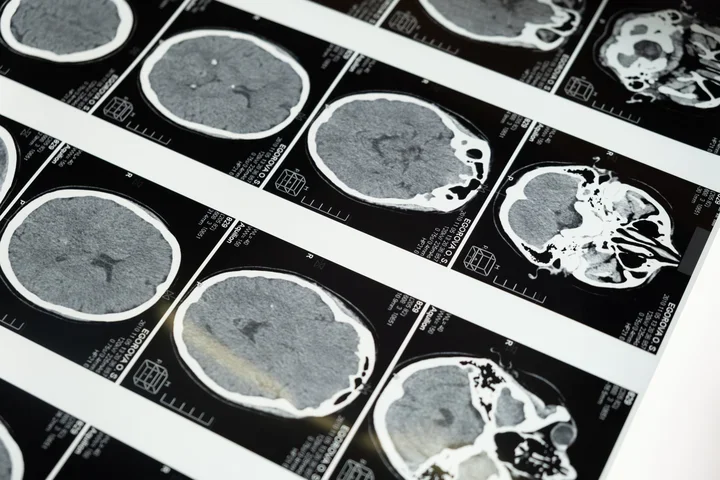Research
Selected Ongoing Projects in the Fogel Laboratory
Cerebeller Ataxia

The hereditary cerebellar ataxias are a collection of rare genetic disorders that cause progressive destruction of the cerebellum and subsequent impairment of balance and coordination. Ultimately, this can render patients unable to walk and care for themselves. Although more than 500 genes have already been identified that can cause cerebellar ataxia, the etiologies of up to 50% of affected patients and families still remain unknown.
The Fogel laboratory studies undiagnosed families and individuals using genome-wide techniques, including next-generation exome and genome sequencing in combination with state-of-the-art bioinformatic tools, to identify novel and rare causes of genetic ataxia, including new disease genes.
We are also examining the specific molecular effects of mutations in various ataxia genes to determine what causes the severe neurodegeneration seen in this insidiously progressive disorder.
Ataxia with Oculomotor Apraxia (AOA2)

The Fogel laboratory studies Ataxia with Oculomotor Apraxia Type 2 (AOA2), a genetic form of cerebellar ataxia caused by mutation of the senataxin gene (SETX), which is involved in regulating gene expression and the stability of the genome. AOA2 typically begins in adolescence and is one of the most common recessive ataxias worldwide. Many different AOA2 mutations have been reported that impair senataxin function.
By studying the expression of all human genes within multiple AOA2 families, the Fogel laboratory has identified a conserved disease-specific molecular signature that specifically identifies AOA2 patients and likely reflects the disruption of specific cellular pathways important in cerebellar function. At present, there is no cure and no disease-specific treatment available and the Fogel laboratory is interested in developing a better understanding of the normal function of senataxin and the effects of its mutations to aid development of such treatments in the future.
Gene Therapy for Rare Disease

The Fogel laboratory’s research is focused on identifying the underlying genetic etiologies and molecular basis for rare neurodegenerative diseases, nearly all of which are currently untreatable. Recent clinical applications of gene therapy for neurogenetic disease has shown much promise. However, these treatment methods face numerous challenges, including the inherent immunogenicity and limited cargo capacity of the traditionally-utilized viral vectors.
As part of a collaborative study, the Fogel laboratory is actively working to develop novel delivery vectors for gene therapy that overcome these challenges. These non-viral vectors will be able to deliver genes to the brain, regardless of size and with limited immunogenicity, allowing treatment of the rare genetic forms of neurological disease the laboratory is focused on, including Ataxia with Oculomotor Apraxia Types 1 (AOA1) and 2 (AOA2).
Neurodevelopment

The Fogel laboratory is interested in understanding the basic mechanisms of neuron and glia function and how disruption can lead to neurodevelopmental or neurodegenerative disease. Recently, in a collaborative project, the Fogel laboratory has been specifically studying how critical gene networks in oligodendrocytes influence various neurological diseases, including tauopathies.